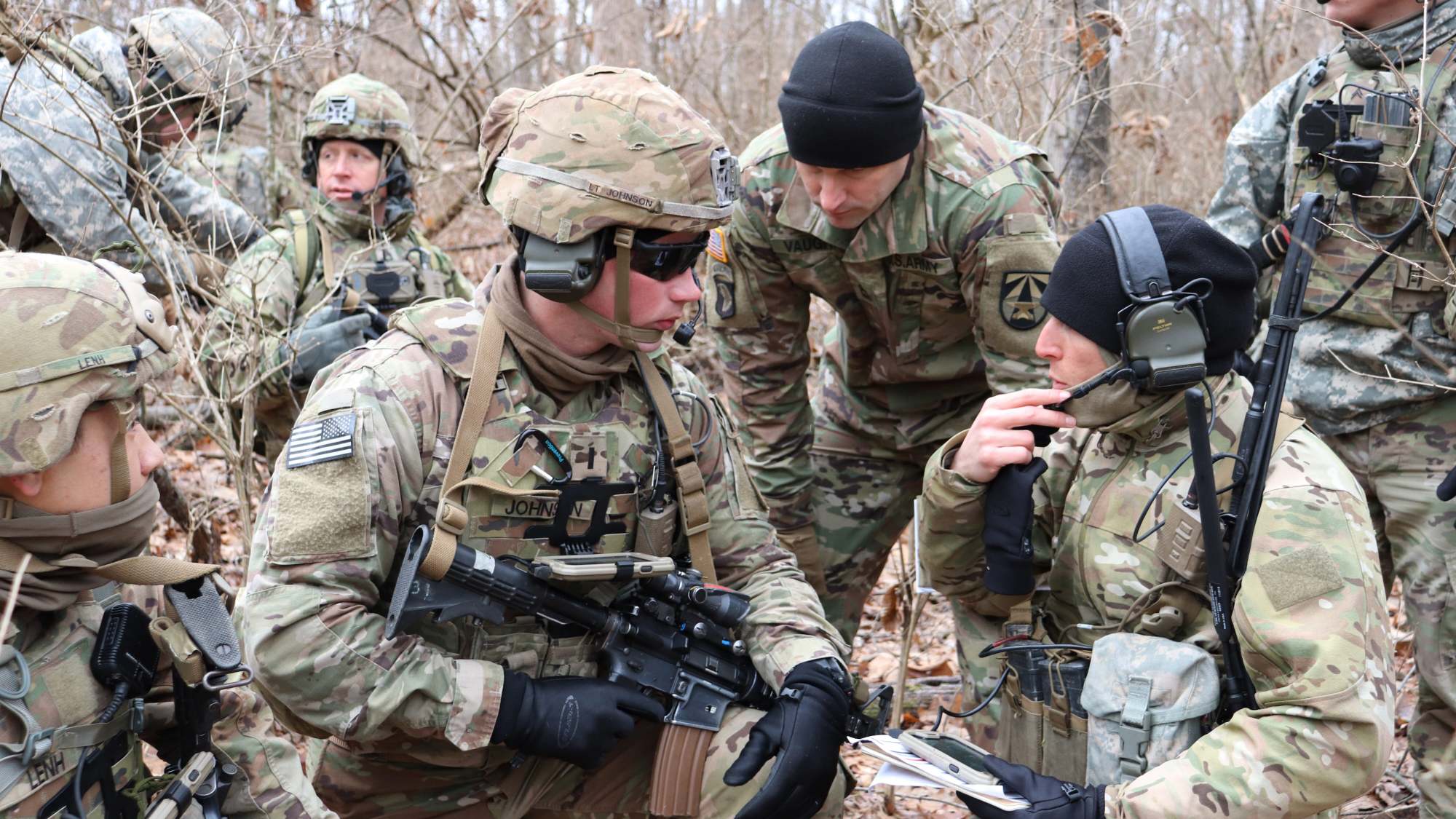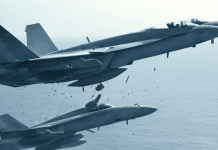NATO has reportedly devised plans to create vital logistical pathways, enabling the rapid deployment of US troops and heavy weaponry to the frontlines. This move will bolster Europe’s defenses against potential Russian aggression.
Dubbed “land corridors,” these routes are designed to expedite the movement of soldiers and armored vehicles to critical war zones. This will ensure the West’s speedy response to any major threat from Moscow.
According to NATO officials, the “land corridors” will enable US soldiers to arrive at one of five designated ports and proceed along pre-planned routes to confront Russian forces. Current strategies involve armed forces landing at Dutch ports and then traveling by train through Germany to reach Poland.
These new routes aim to bypass local regulations, facilitating smoother military transportation and logistics. Of the five European ports, four offer access to Ukraine’s western border, while one leads directly to the Russian border through Finland.
NATO is actively expanding these plans to include additional ports, ensuring that lines of communication remain intact despite potential disruptions by Russian forces.
The development of these corridors follows a resolution from last year’s NATO summit in Lithuania, where leaders committed to maintaining 300,000 troops in a state of high readiness to defend the alliance.
Lt Gen Alexander Sollfrank, Chief of NATO’s JSEC logistics command (the Joint Support and Enabling Command – JSEC –is a static headquarters at the operational level), highlighted the critical need for resilient logistics systems in light of the ongoing conflict in Ukraine.
“Ukraine suffers very much from these Russian long-range missile attacks on the logistic systems,” he told The Telegraph. He emphasized the importance of creating robust, redundant, and resilient logistics networks to withstand such assaults.
In the event of northern European ports or routes compromised by Russian attacks, Sollfrank detailed contingency plans to shift focus to ports in Italy, Greece, and Turkey.
From Italian ports, US troops could travel through Slovenia and Croatia to Hungary, which borders Ukraine. Similar strategies have been planned for forces moving from Turkish and Greek ports through Bulgaria and Romania to NATO’s eastern flank.
Additional plans are being considered for transporting troops through ports in the Balkans, Norway, Sweden, and Finland. Ports in northern Europe, including the Netherlands, Germany, and the Baltic states, are seen as particularly vulnerable to Russian missile strikes.
Reflecting on the lessons learned from the Russian invasion of Ukraine, Sollfrank noted the importance of avoiding large logistics bases, which are susceptible to early destruction in a conflict.
“With regards to air defense… it’s always scarce. I cannot imagine a situation in that you have enough air defense. That is a good example where a military principle applies: ‘If you want to be strong everywhere, you are strong nowhere.’”
NATO Fortifies Defenses Against Russian Threats
NATO’s strategic development of these “land corridors” aims to ensure a rapid and resilient response to any future threats, reinforcing the alliance’s commitment to Europe’s security.
This initiative marks another effort to enhance preparedness against a potential Russian attack. The EurAsian Times recently reported that Norway, Finland, Estonia, Latvia, Lithuania, and Poland have agreed to create a “wall of drones” to protect the rest of Europe from incoming dangers.
The ambitious plan involves thousands of surveillance cameras and armed drones patrolling the tense frontier, stretching from Norway to Poland. Latvian President Edgars Rinkevics described the initiative as reminiscent of the “darkest days of the Cold War.”
According to President Rinkevics, unmanned aerial vehicles (UAVs) will be deployed to monitor and counter provocations by Russia and Belarus, including the potential use of large numbers of migrants as a “weapon”.
While the primary role of these drones will be reconnaissance, the possibility of deploying armed drones has not been ruled out. NATO’s frontline nations are concerned that Russian President Vladimir Putin may set his sights on advancing further west if he succeeds in Ukraine.
Russia has moved nuclear missiles to Belarus and has been stockpiling weapons in Kaliningrad. Additionally, Moscow has sparked outrage by proposing to redraw its sea borders with Finland and Lithuania.

In response to these threats, Poland is also ramping up its defenses with the 430-mile “Tusk Line” of military fortifications.
This extensive line of defense will include minefields, anti-tank ditches, and bunkers. Poland shares a 170-mile border with Belarus and a 130-mile border with Kaliningrad, both of which have become focal points for Russian weaponry.
Announcing the project last month, Polish Prime Minister Donald Tusk emphasized that the “Tusk Line” would be “impassable to a potential enemy”. Also, Estonia is constructing 600 army bunkers along its frontline as part of a “Baltic defense line” to enhance regional security.
- Contact the author at ashishmichel(at)gmail.com
- Follow EurAsian Times on Google News




